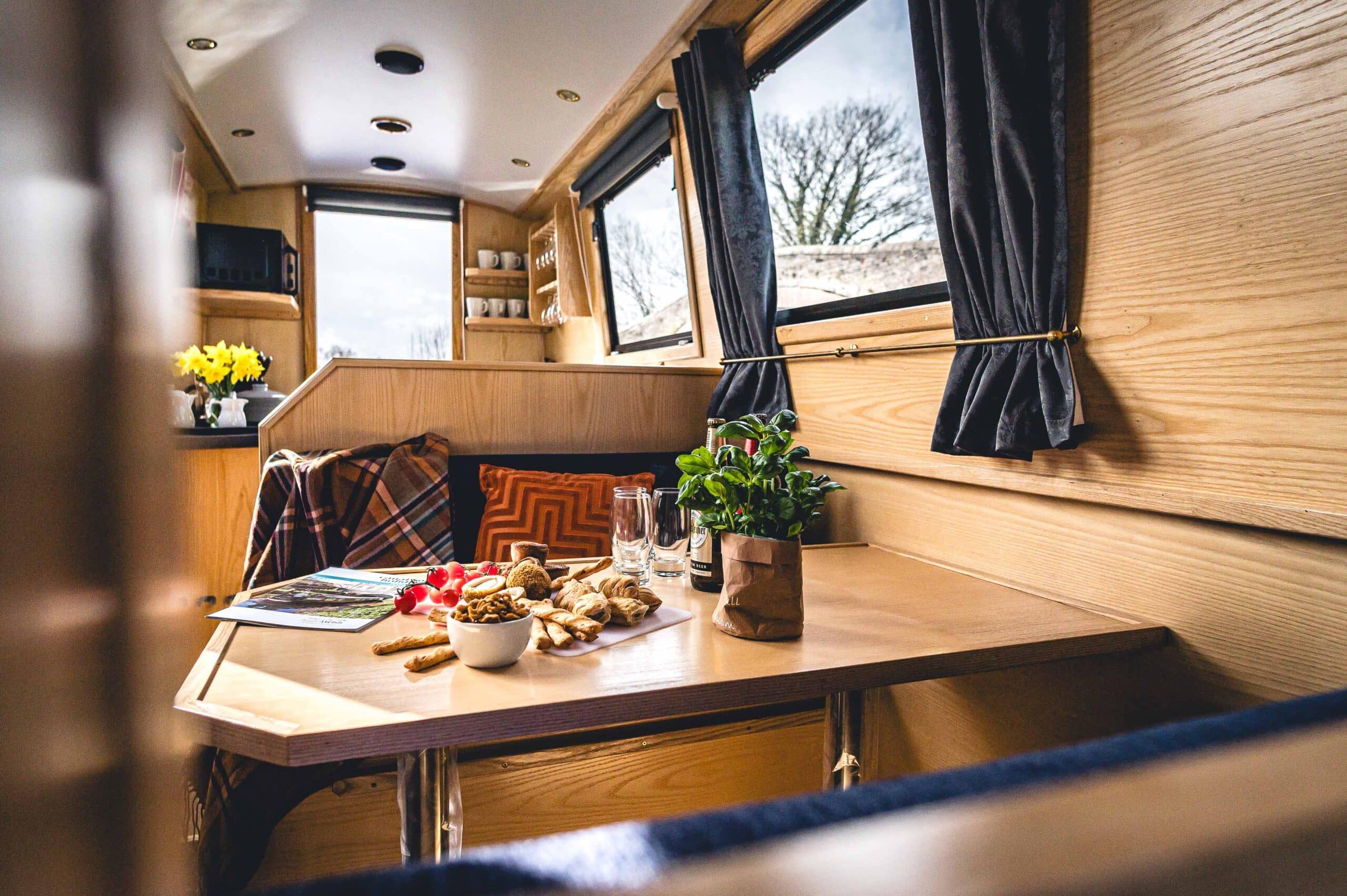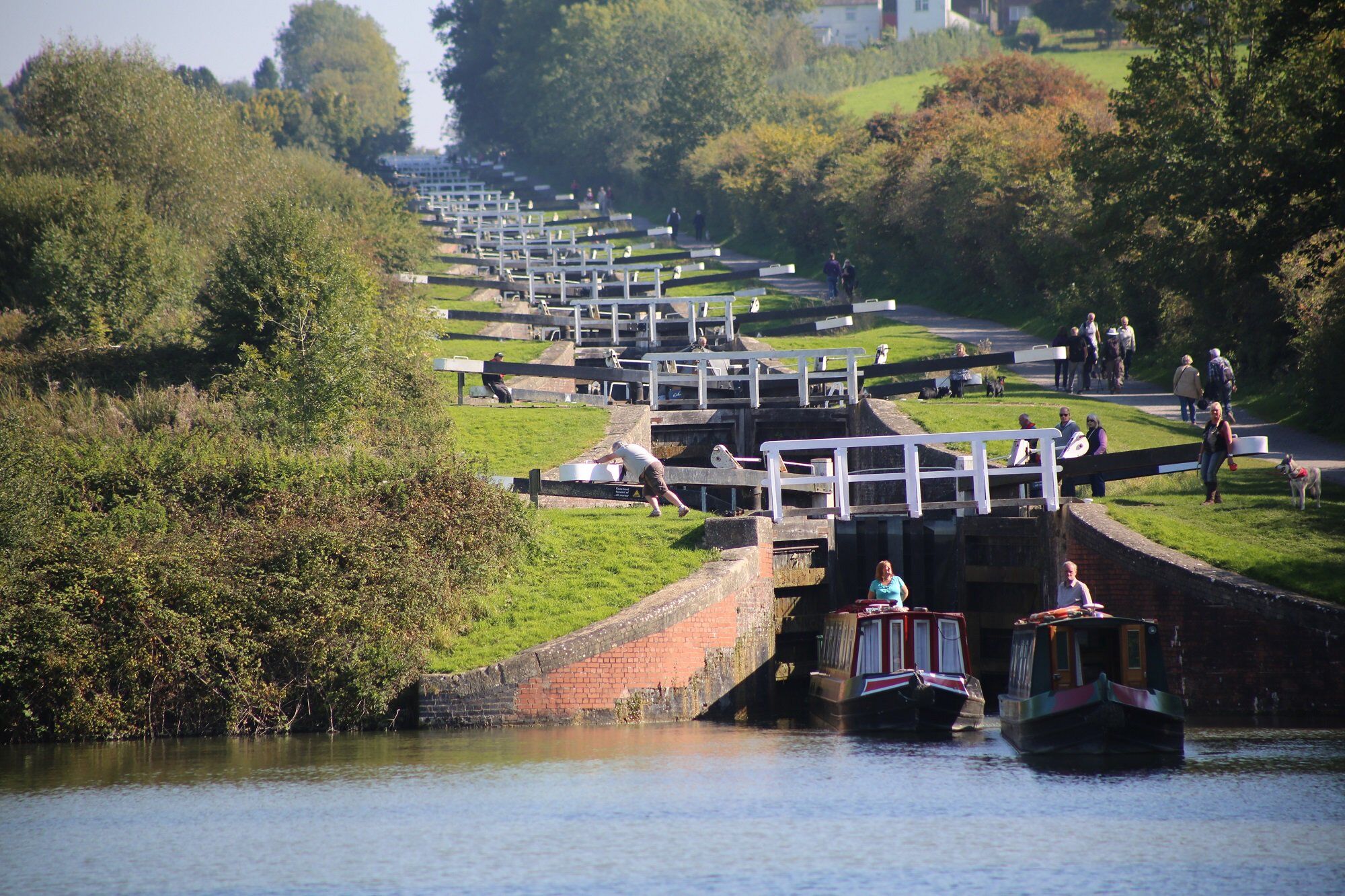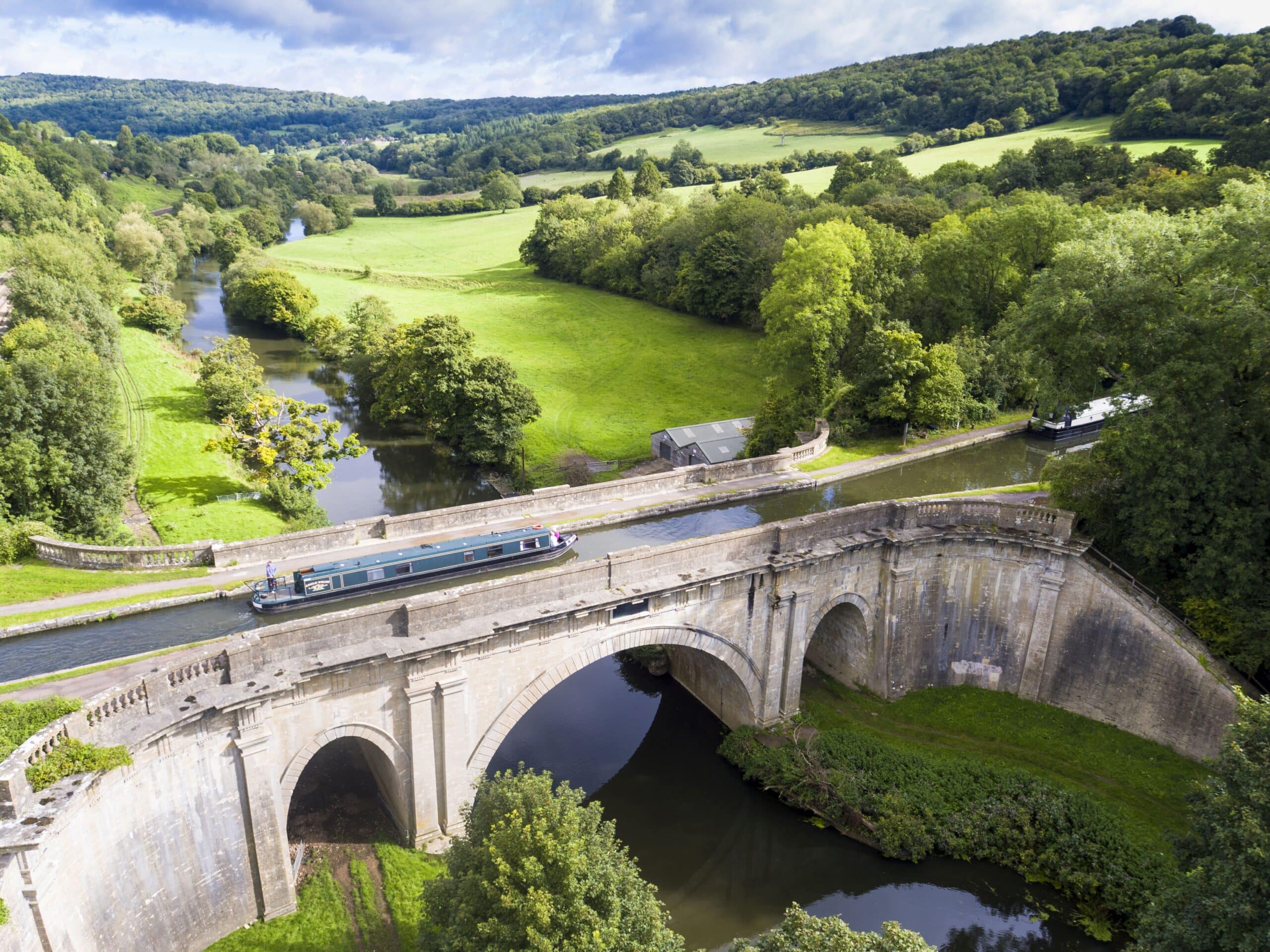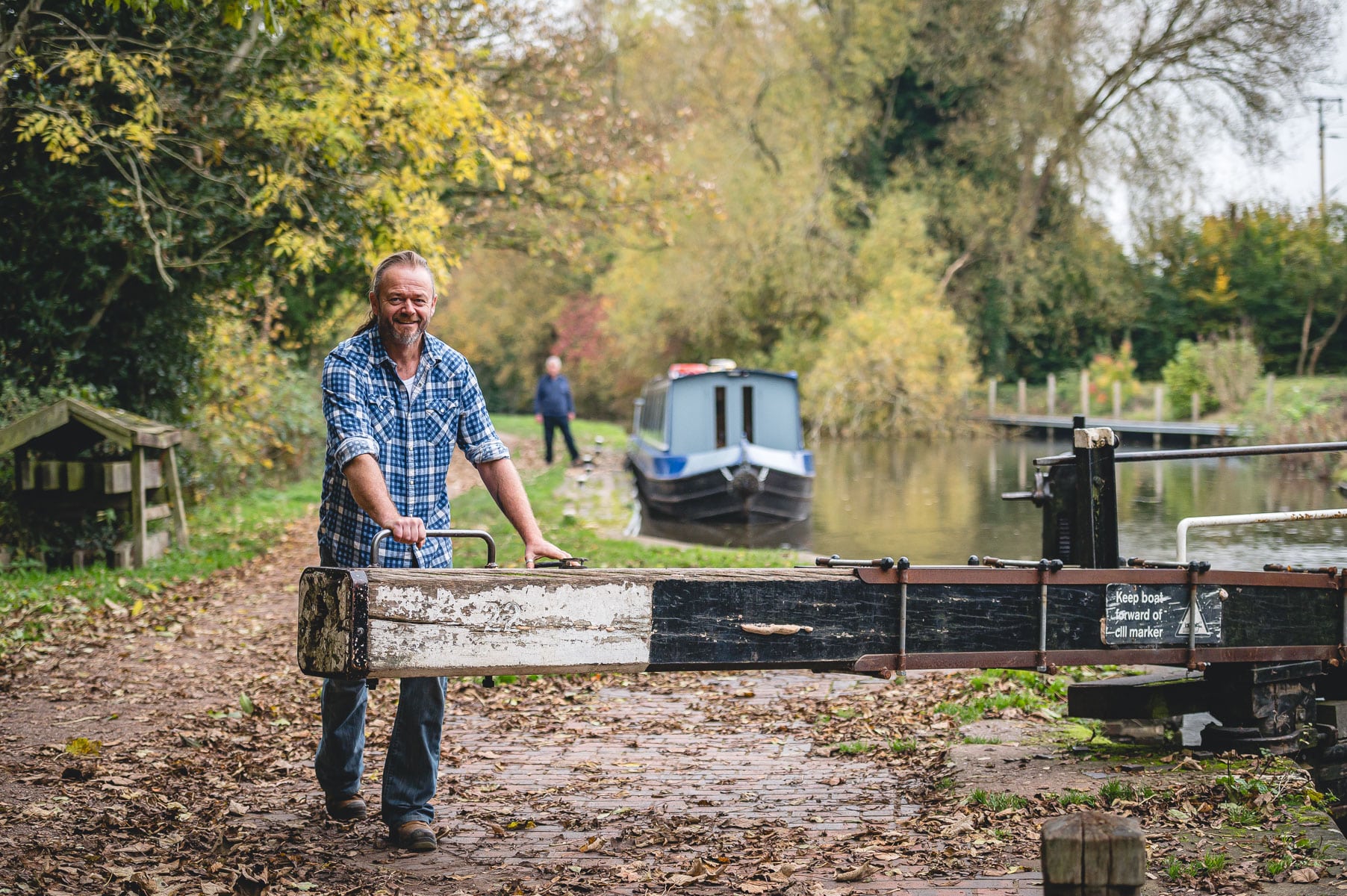We have five star customer reviews on Feefo.
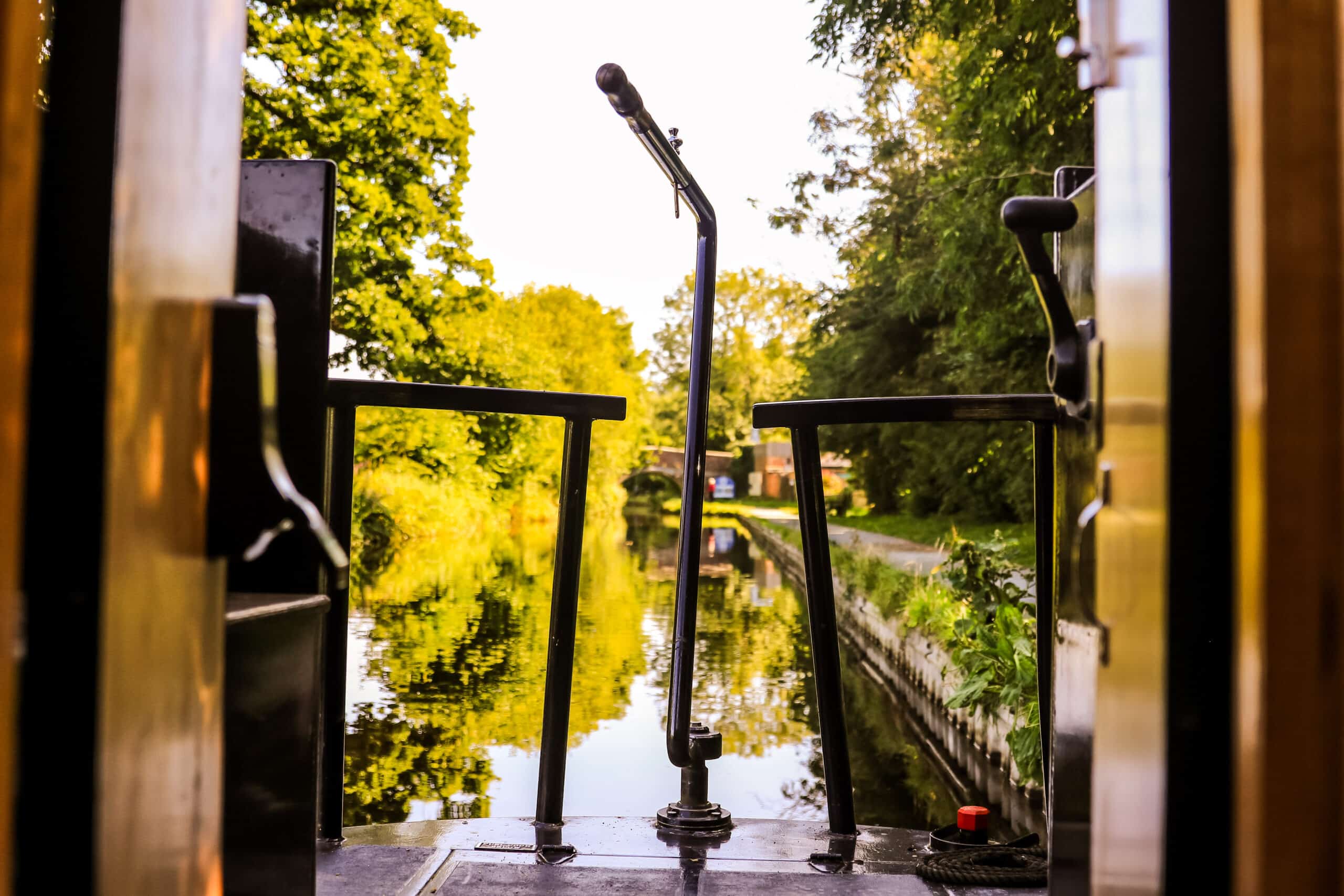
Narrowboat holiday terms
We offer a range of boat sizes with accommodation for two to 12 people.
With our Price Promise you’ll know you’re paying the best price.
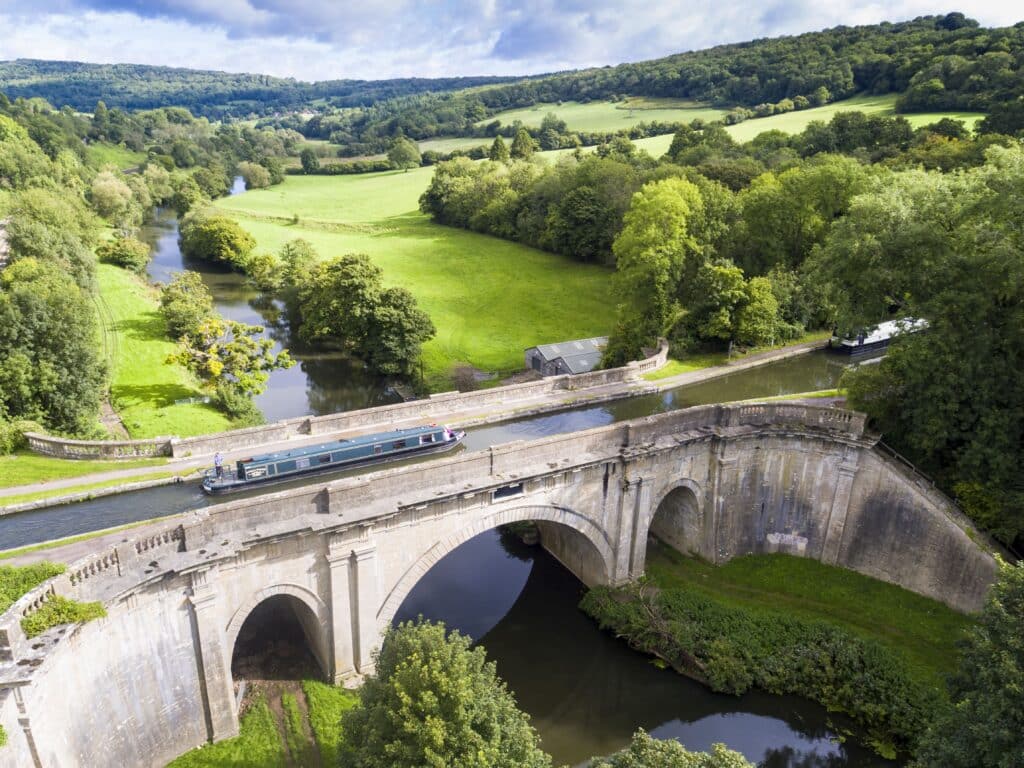
Your guide to special canal boat words
There are lots of words and terms used to describe parts of the boat and equipment needed to navigate the canals. Many of them derive from the old working boatmen’s terms and are quite idiosyncratic.
Here’s a list of the most commonly used narrowboat terms.
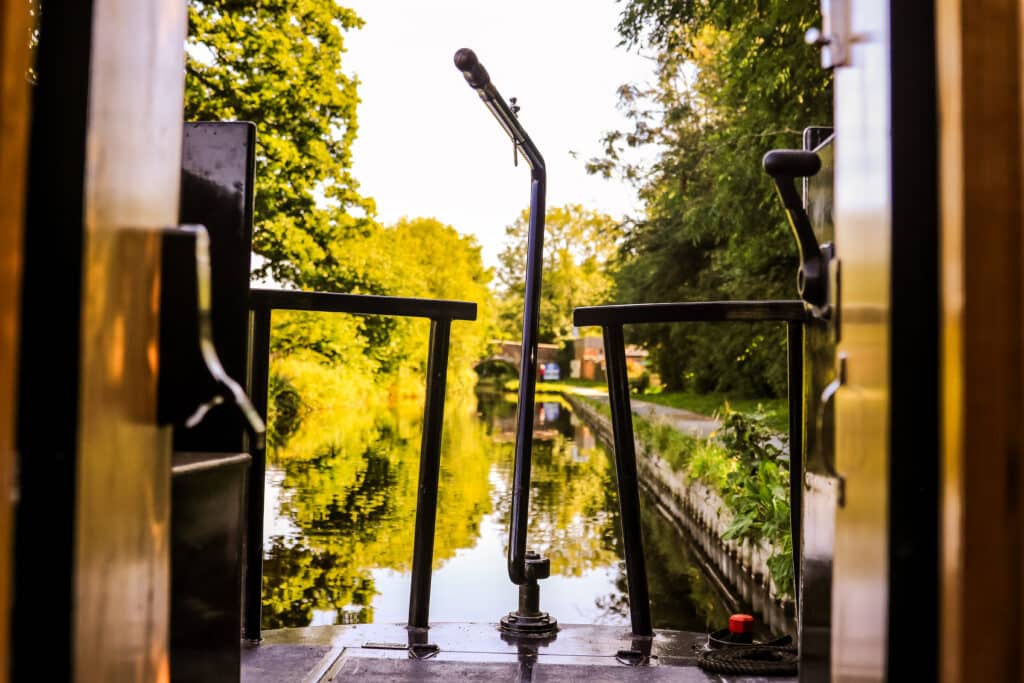
Tiller
The tiller is used to steer the boat (steer left to go right, and right to go left).
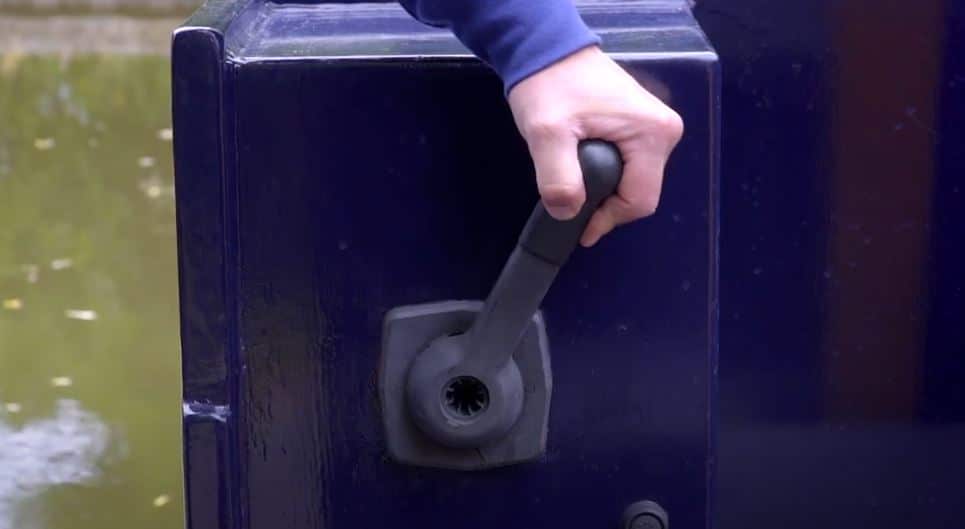
Throttle
Push the throttle forward to go forward, and brake by pushing back, which puts the boat into reverse.
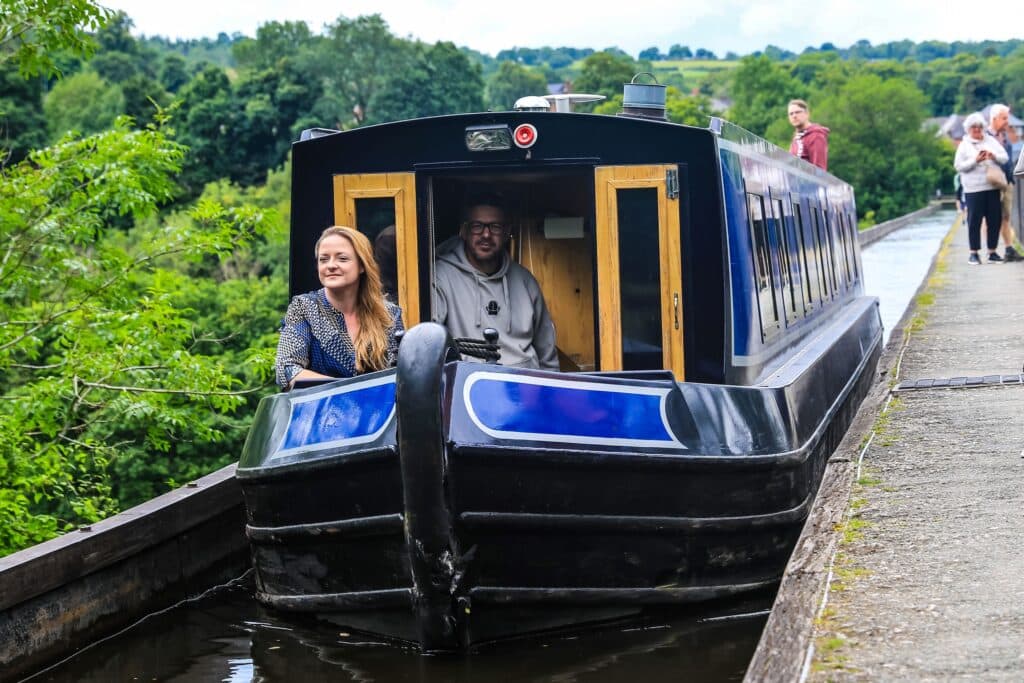
Bow
The bow is the front of the boat.
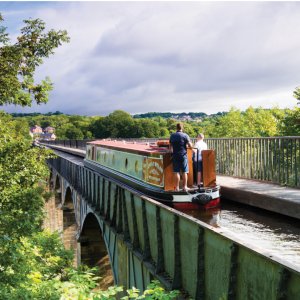
Stern
The stern is the back of the boat.
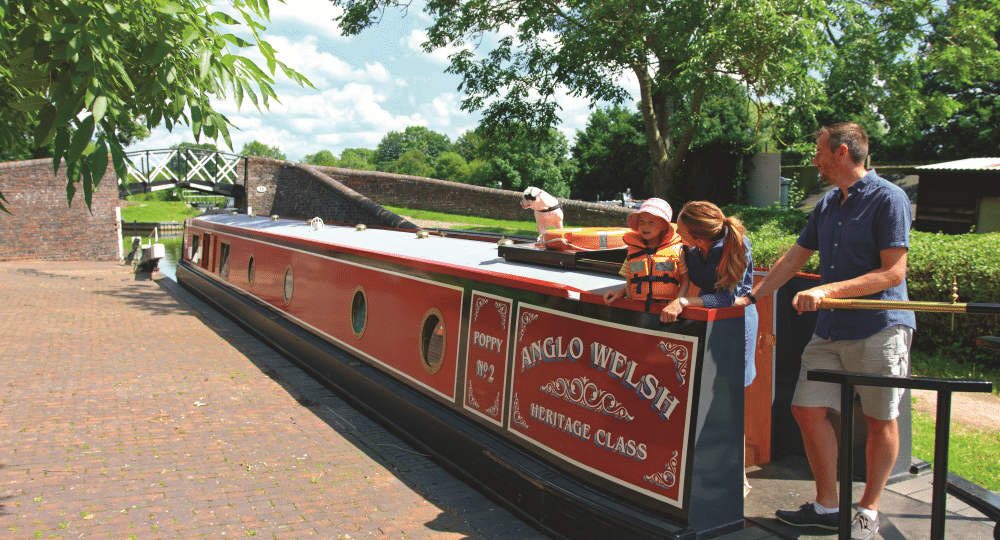
Port
The port is the left of the boat.
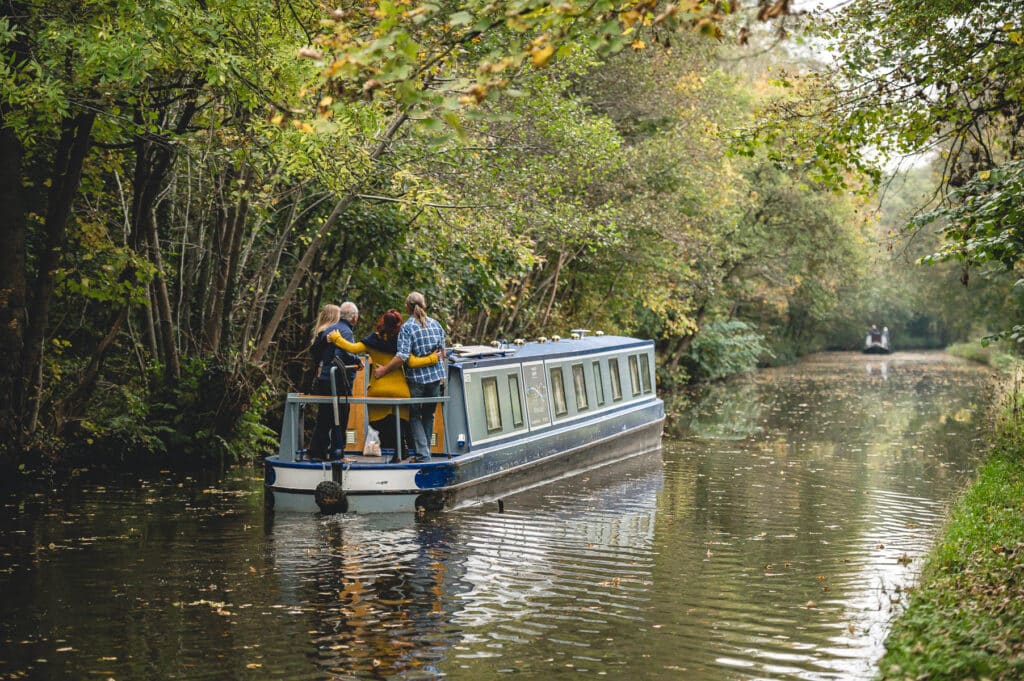
Starboard
The starboard is the right of the boat.
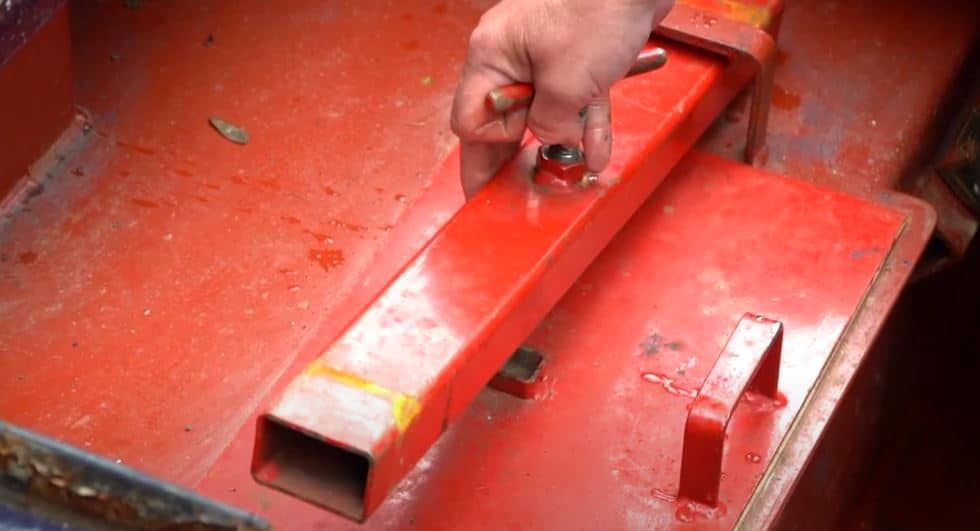
Weed hatch
The weed hatch is a watertight compartment with a removable lid in the stern of the boat providing access to remove weeds or other items wound around the propeller – only after you’ve switched the engine off.
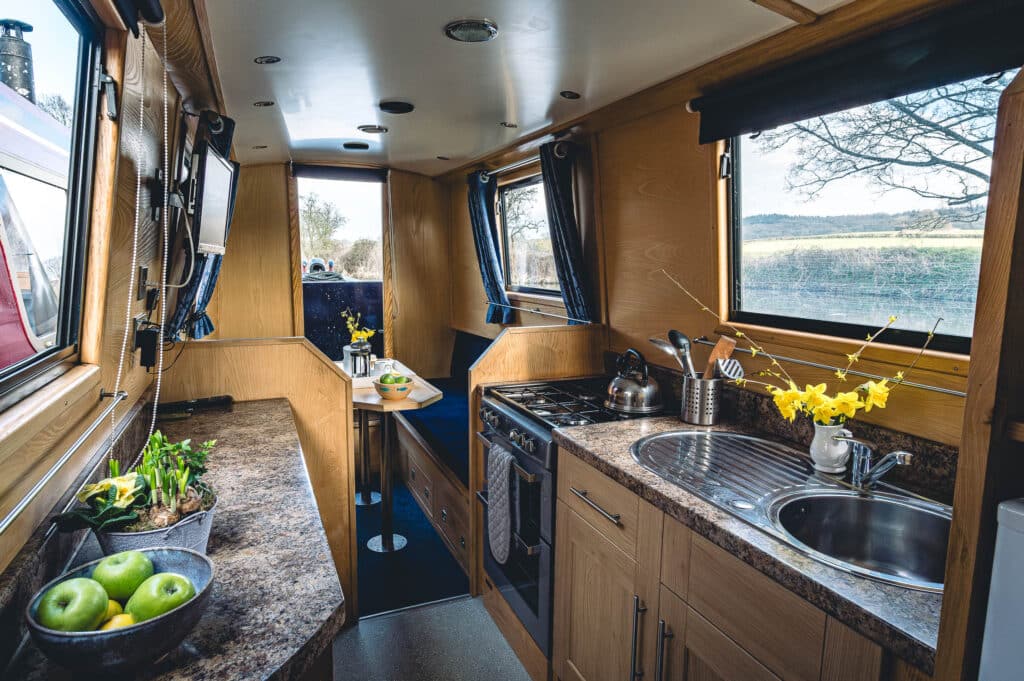
Galley
The galley is a boat’s kitchen area.
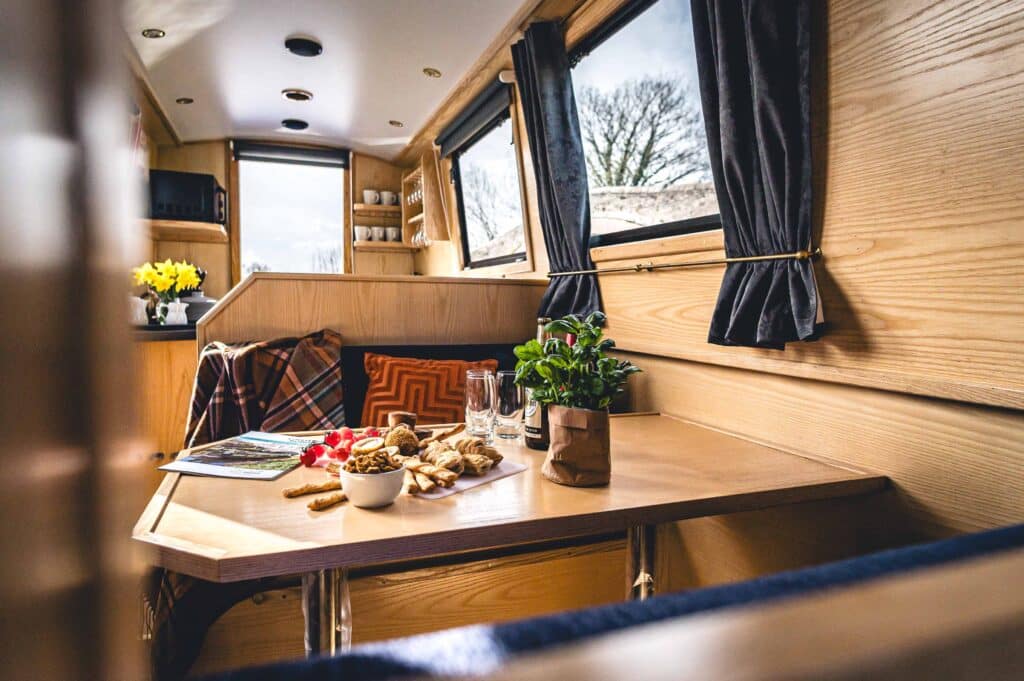
Saloon
The saloon is the boat’s living area.
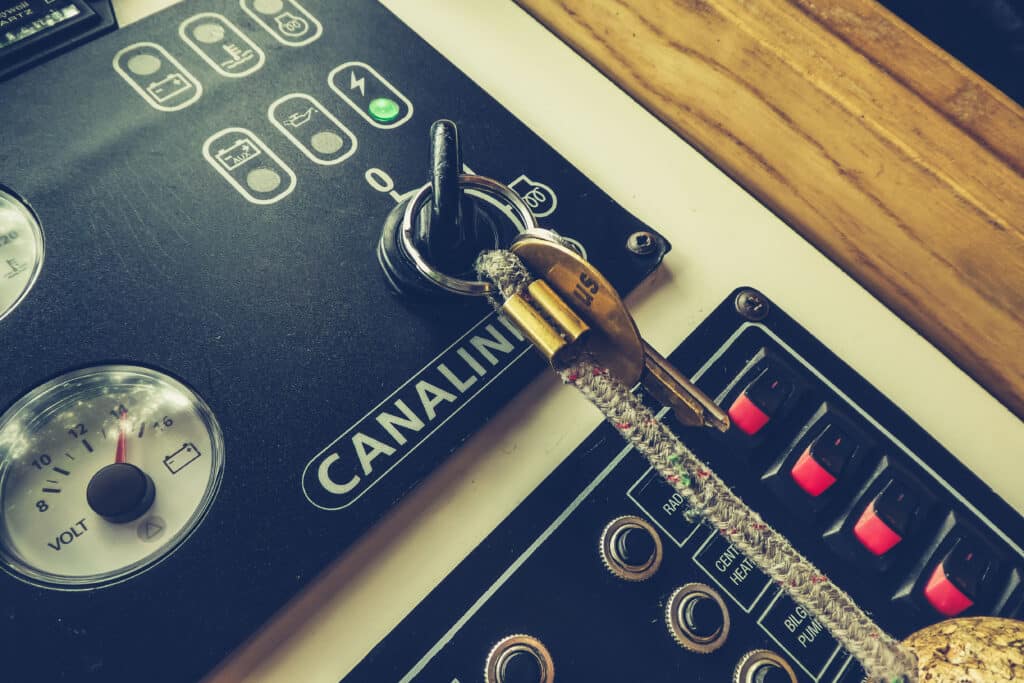
Bilge pump
The bilge pump removes water that has collected in the bilges (space inside a boat’s hull beneath the cabin floor).
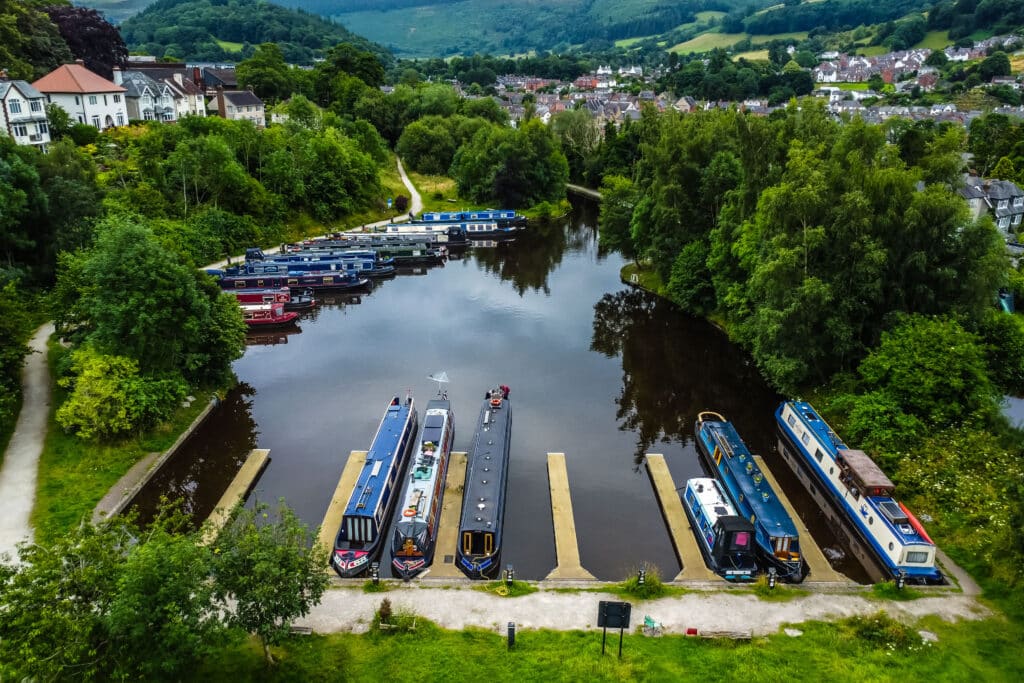
Winding hole
A winding hole is a widened section of canal where you can turn your boat around.
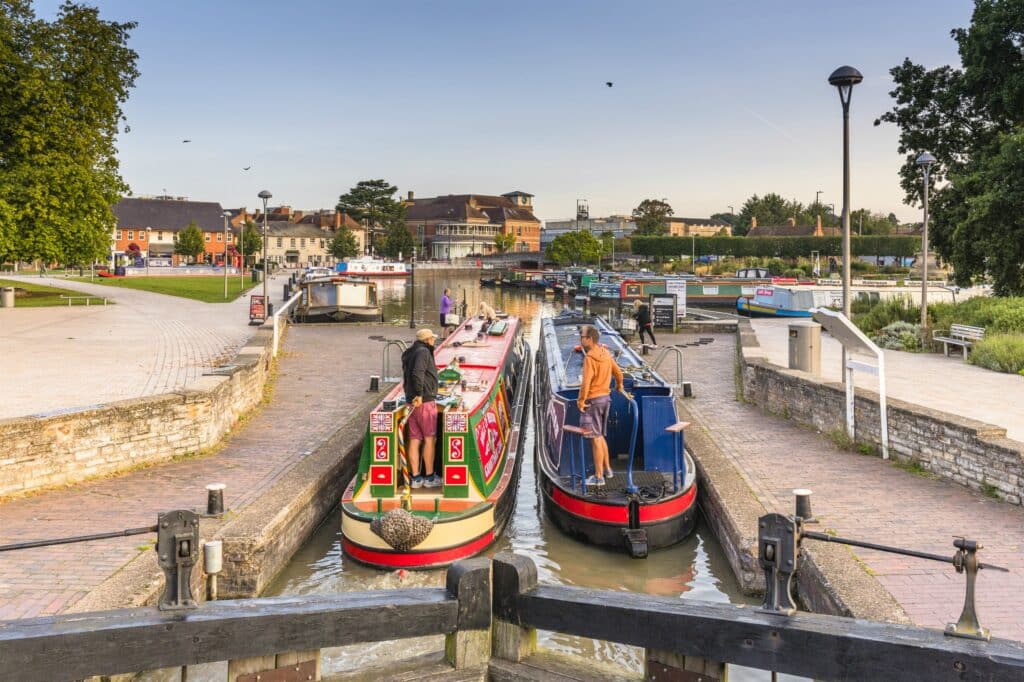
Paddle
A paddle is the door in a lock gate which can be opened or closed to allow water in or out of a lock.
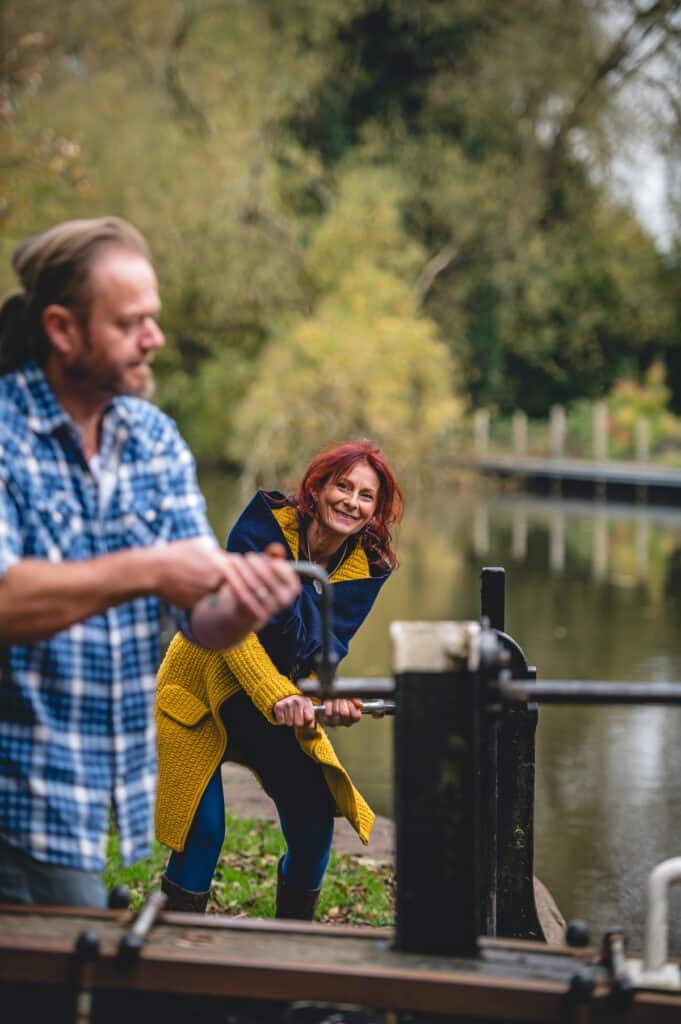
Windlass
A windlass is an L-shaped handle used to operate the paddle gear to open and close lock paddles.
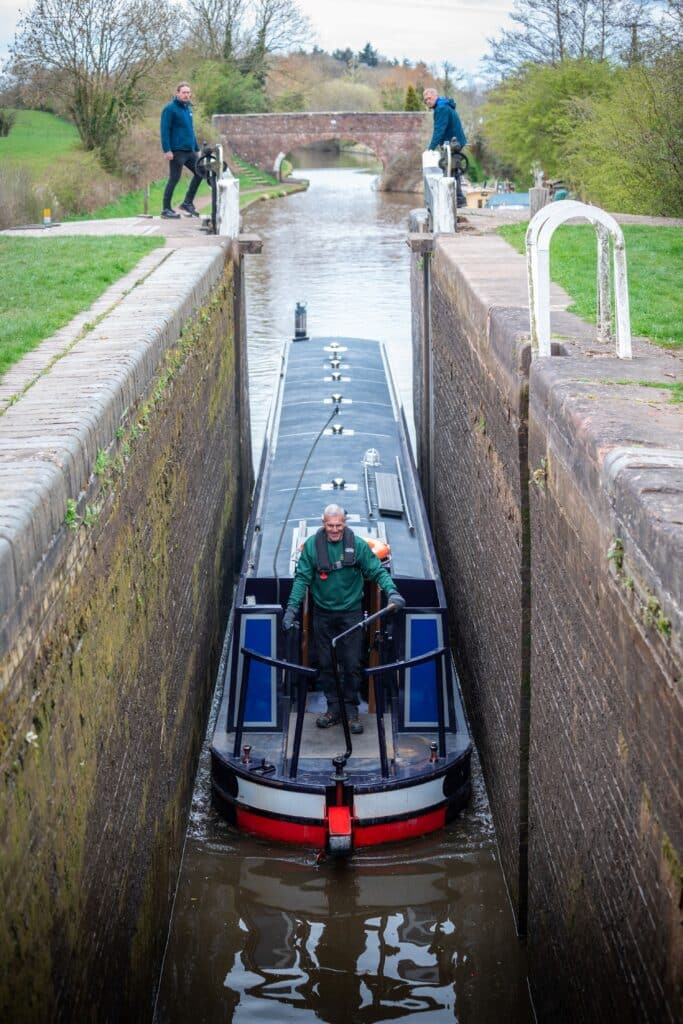
Cill
The cill is a bar of masonry against which the bottom of the lock gates rest when closed. Cills stick out by about 1.5m and you can only see them as the lock empties. Most locks have markers to show you the approximate position of the cill. Be careful to stay back from the cill to avoid getting ‘hung up’ on it.

Balance beam
A balance beam is a wooden or metal beam projecting from a lock gate (or lift bridge), to counterbalance the weight of the gate (or bridge) and allow leverage for opening and closing it.
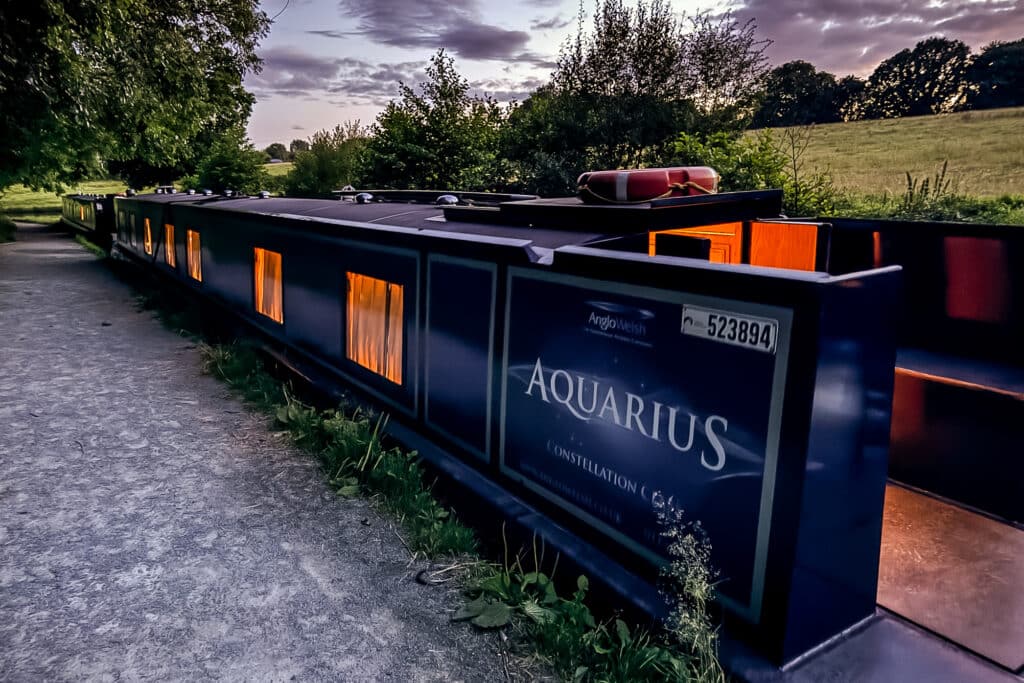
Mooring
A mooring is a place to park your boat. Always moor to the towpath if you can and use signposted visitor moorings where possible. Don’t moor on lock, bridge or tunnel approaches, near weirs, sharp bends, blind spots, opposite turning points, at junctions or near angling spots.
FAQs
You don’t need a licence to steer a canal boat and we provide tuition as part of our boat rental.
There are plenty of places to moor your canal boat for free along towpaths, making overnight stops flexible and stress-free. If you prefer additional facilities like water, electricity, or secure mooring, some marinas charge a small fee. Our team can provide route advice, including the best mooring spots along your journey.
We recommend packing all weather/waterproof clothing and deck shoes, pumps or sneakers and it’s a good idea to bring slippers, sliders or thick socks to wear on board. We provide towels and bedding. We don’t recommend you bring large suitcases onboard our boats, but we can store them for you, if necessary. We’ve published advice on what to pack.
Operating locks is a fun part of the canal boat holiday experience, and it’s easier than you might think. During your handover, we’ll explain how to safely work locks. You’ll quickly get the hang of it, and there’s always help at busy locks if you need it.

